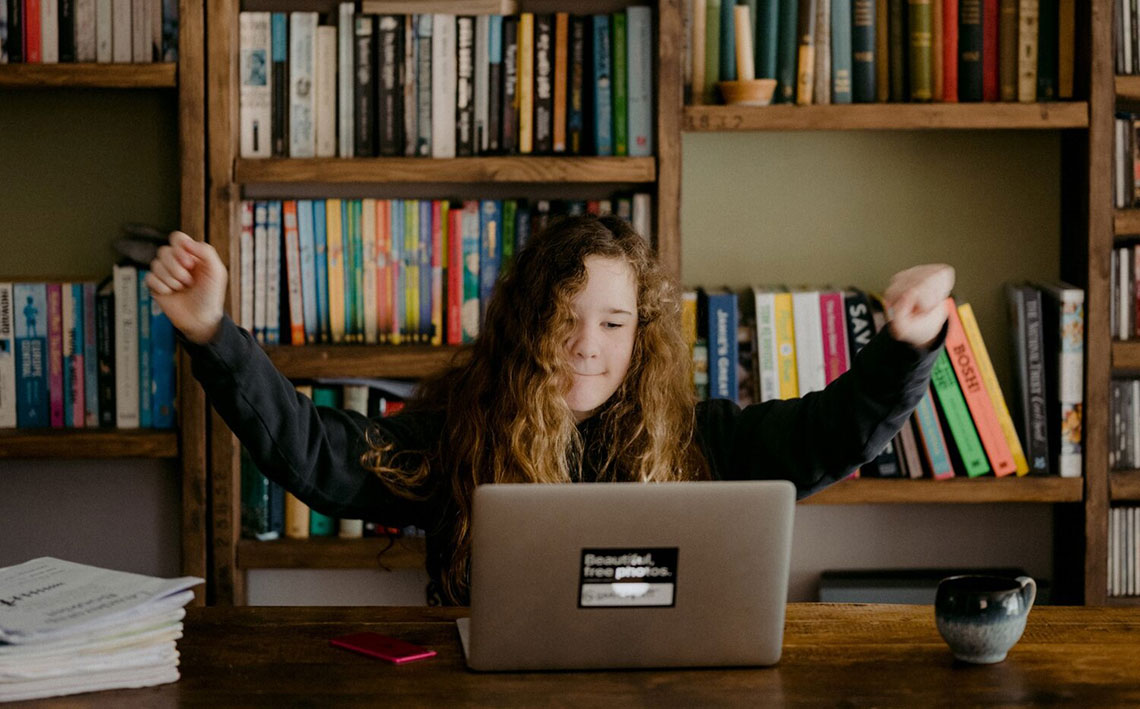
Learning is a journey, not an event
As a training creator and provider, it is easy to forget that the ultimate goal of learning is creating behaviour change.
Most of us focus on what we want to provide in the training session; so we put our energy into identifying the relevant information and figuring out how we want to convey it to the learners.
This approach expects that people will absorb this information and then on their own, we expect they will:
- figure out how to apply the information to their own situation
- figure out what the need to do (and stop doing)
- practise the new behaviour enough to build competence
- develop enough experience to build the confidence to actually start using their new behaviours in their everyday work
In addition, now that many people have shifted to virtual working, we assume that people do all of the above in the vacuum of their own home office, alone and unaccompanied.
We’re expecting too much. And it is not helpful.
Learners know that a lot is expected of them and these expectations create stress in the brain which makes it difficult to focus and difficult to try something new. It feels unsafe and uncertain and the brain doesn’t learn well in this stressed state.
If we want to create great trainings, we need to cater to the brain and its needs.
Happy brains learn better
- Set Context: The brain learns best when there’s a clear purpose for the learning, when there’s something in it for the learner and when expectations about behaviour change are clearly outlined.
- Pay attention to mood and attitude: the brain is more open to new ideas when there is positivity, lightness or fun and when the environment is as stress-free as possible so people can try on new ideas or new behaviours.
- Make it experiential: demonstrate what good looks like and in the moment set people up for success as they try it themselves. The easiest way to learn is by mimicking.
- Make it digestible. Provide short bits of learning where possible.
- Trust social learning. We learned in school that sharing notes and copying each other is called cheating! We need to leave that behind. The brain is a social brain and sharing while learning creates much more engagement and interest in learning.
- Lay out the WHOLE learning journey, including the practice and implementation. Support that journey with examples of ways to follow through.
- Create a plan that people can follow, where they meet milestones and can feel successful along the way. Each success creates positivity which helps the learner go back for more.
For virtual or remote learning
Continue to meet the above criteria and put extra emphasis on these elements:
- Increase social learning. Create learning groups and provide opportunities to share ideas and successes and failures and to discuss how their learning applies in their environment.
- Virtual learning is especially suited for short bits of learning; this also works best for the brain. Think a dose of information and the next step towards behaviour change.
- Emphasise support and accountability. This isn’t about treating people like children; it’s about recognising that rarely do people follow through on their own: they’re busy and the brain will prioritise other things to places where a success can be generated.
- Create opportunities to experience success – perhaps through tracking, gamification or leader boards.
Just like any other journey, a learning journey is best travelled with others. Consider providing a mentor or coach to guide and challenge learners when needed and hold them accountable when their brains want them to quit. That’s what the great programmes provide, even in a virtual setting.
Look, a bird!Want to change others? Look at yourself.